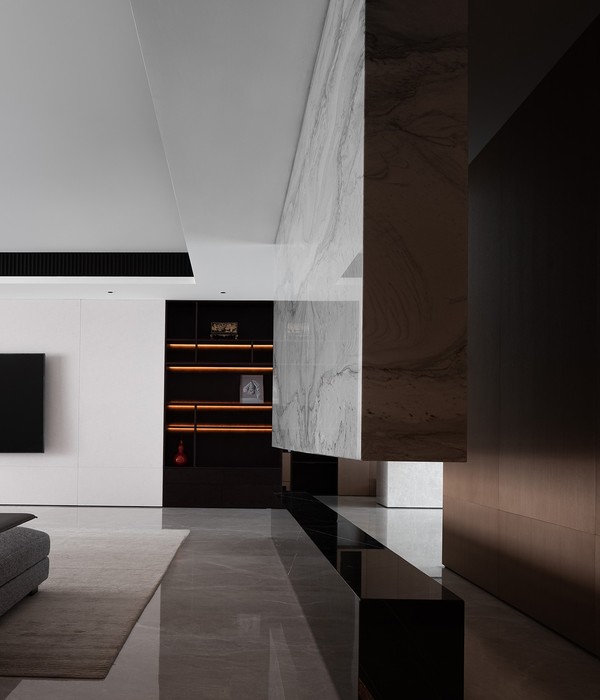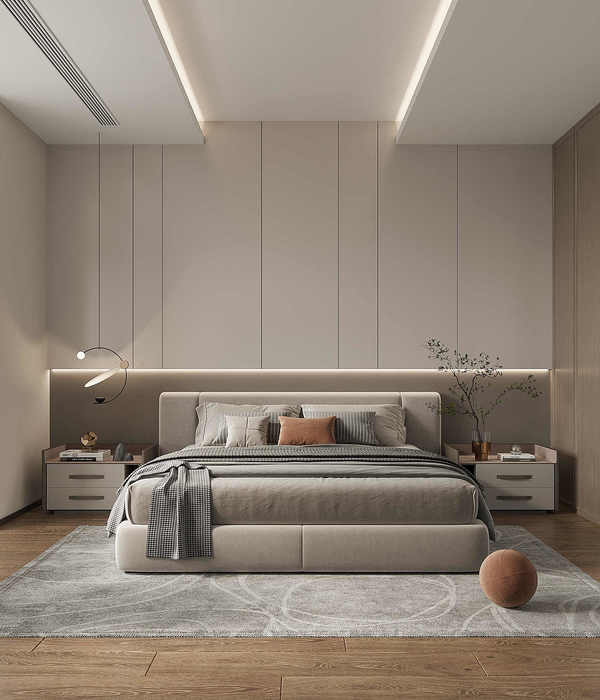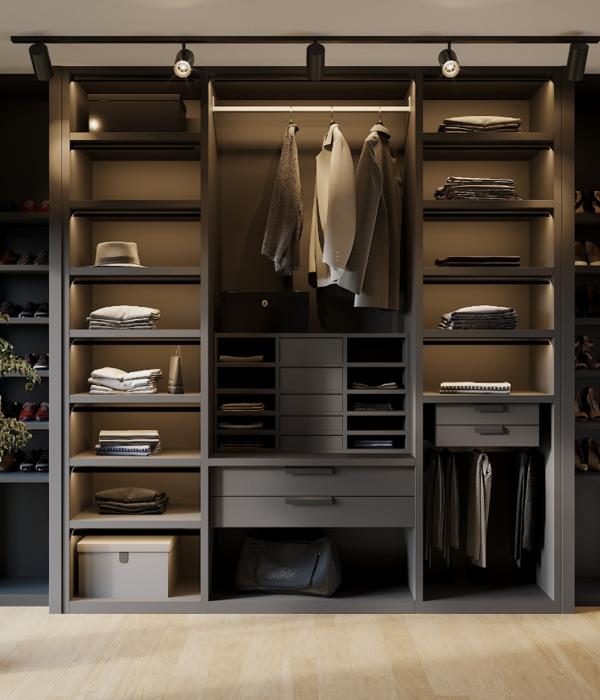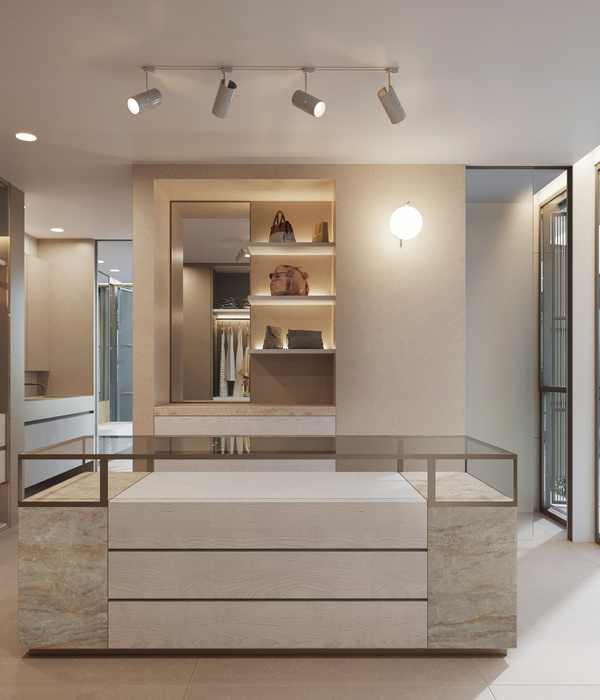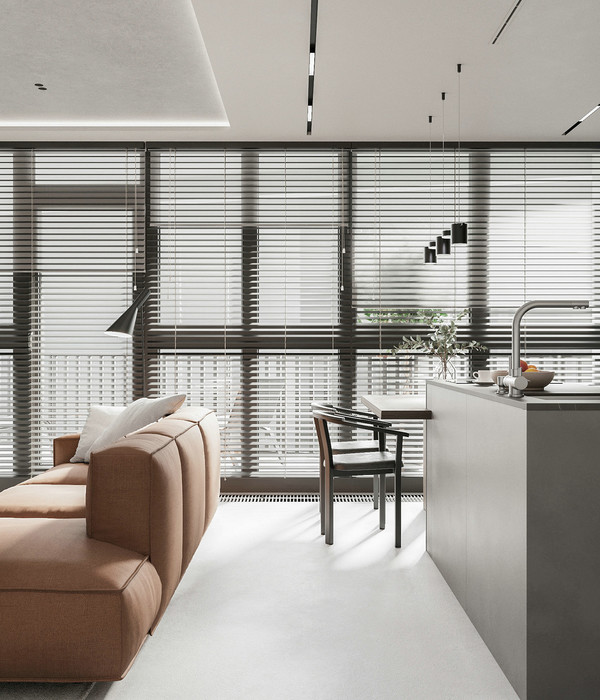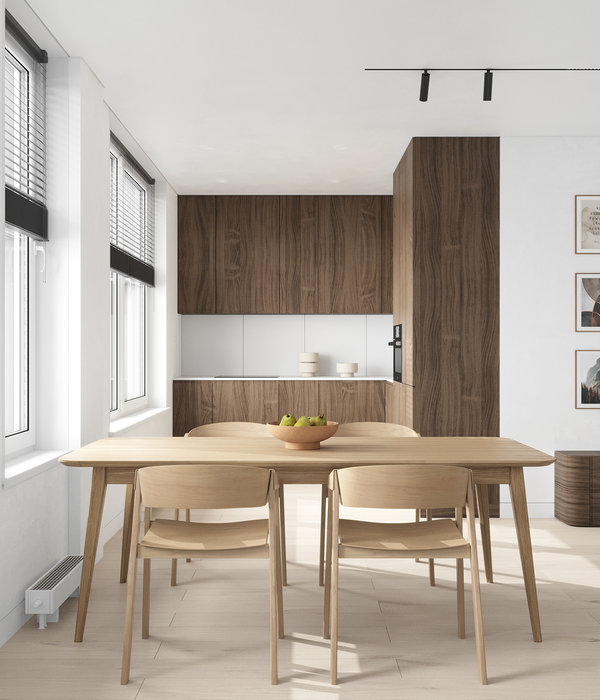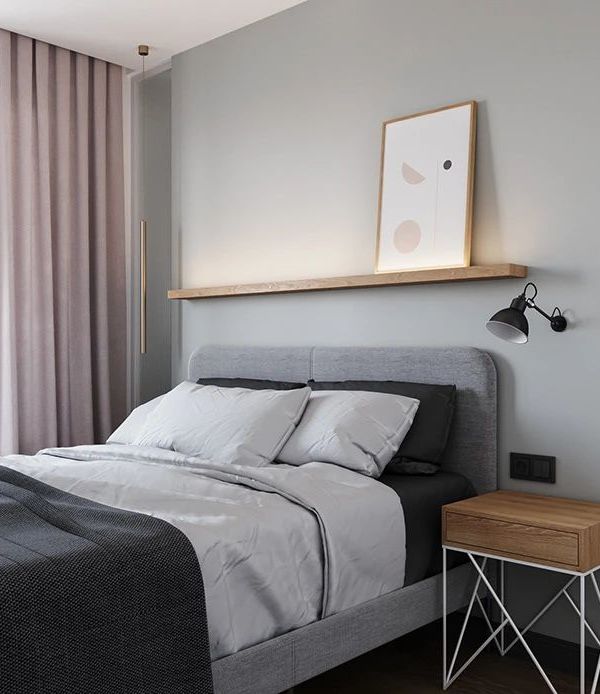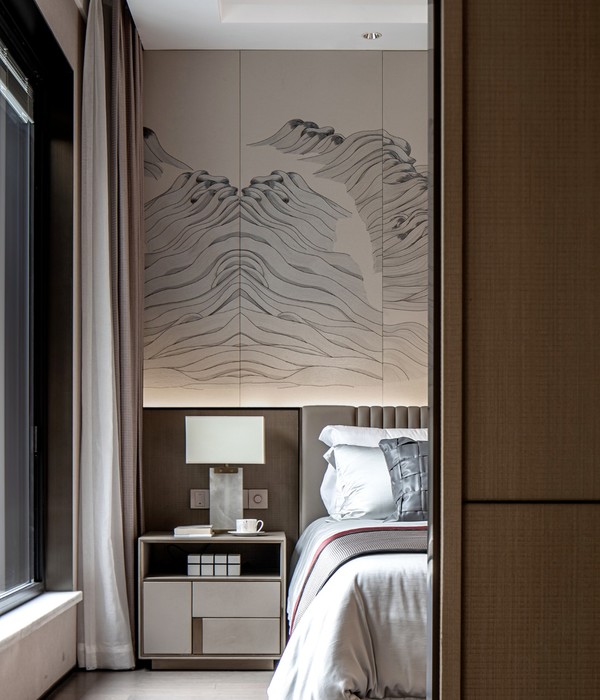Firm: Marte.Marte Architects
Type: Commercial › Office
STATUS: Built
YEAR: 2016
Feldkirch. Urban ensembles are stories that have been passed down for generations. Like a text the connection between the buildings forms the history of a city. To work on this, to renovate the buildings and keep them alive, is a great responsibility – and a wonderful opportunity for great architecture.
The New Town, despite its name, is the oldest part of the city centre of Feldkirch. It was built at the beginning of the 13th century when Hugo I of Montfort moved his residence from Bregenz to Schattenburg Castle in Feldkirch. Located directly at the foot of the medieval fortress, the building called the “Alte Dogana” serves as a prominent exclamation point to the street of houses leading from Domplatz (Cathedral Square) to the castle. The architects Bernhard and Stefan Marte purchased the building in 2015, renovated it with care and relocated their office from Weiler to there in 2016. The brothers have a lot of respect and awareness for the long and eventful history of the building. “It is a stroke of luck for us because we have always been big fans of buildings like this,” raves Bernhard Marte about the qualities of historic structures. “It will continue to be good because it has always been good.”
The origins of the building at Neustadt 37 date back to about 1500 when the wealthy burgher Ulrich Putsch, who served as valet and barber to three emperors (Friedrich III, Maximilian I and Karl V), lived here. Back then, it was still a wooden house on a stone foundation. At some point afterwards, it came into the possession of the city and was turned into a municipal office and provincial archive. Then, for more than half a century, it was used as a secondary school. Around 1840, the customs office moved into the building, which explains the name “Dogana,” which originally referred to the former customs house that stood in the neighbourhood until 1919. At the beginning of the 20th century, the building was constantly in use as either a residence, an exhibition space or a place of learning. In the 1950s, the tax authorities once again rented the building and from 1984 until recently, it was used by a variety of clubs and associations.
The current form of the “Alte Dogana” is basically the result of construction work done in the 17th and 18th centuries. “We hardly touched the basic structure, just brought it up to date a bit,” said the architects, thus describing their proven method of focusing on the essential. The only major change was to tear down the interior walls that had separated the staircase from the rest of the floor space. The now smooth transition from the stairs to the central corridors and beyond into the adjoining rooms was well-suited for use as an open architect’s office on five floors. The only architectural enhancement was made to the roof. A large steel funnel was built to improve the light in the two attic floors. Its stepped geometry serves inside as the stairs from the fourth to the fifth floor, and outside on the roof as a covered terrace with an exclusive view of Schattenburg Castle.
Otherwise, they worked with what was already there: This was the noble face of the building, the façade, whose blue paint and cement mortar were removed. Instead, lime plaster now gives the building its refined white colour. This was also spacious, well-lit rooms with sophisticated natural colours dipped in particularly delicate white. This was the dark-stained woods of the panelling, windows and banisters, which now harmonize wonderfully with the new dark-smoked oak floors. The decision to hide all the plumbing and heating under the floor adds to the pleasant, tidy atmosphere. Also, there are no permanent lighting systems installed in the ceiling, let alone fluorescent lights, which presumably offer optimal “office conditions.” Instead, the architects developed their own light fittings. They are made of an LED lighting strip in a black steel frame built to precision by a metal worker. These lamps, or “torches” as the architects like to call them, can be leaned against the wall, placed on the floor or table, or used as a wall or desk lamp thanks to a simple fastening system. They fulfil the purpose of adequate office lighting where needed, but also create a restrained, nuanced atmosphere that corresponds with the dignity of the building and lets the full effect of its history unfold.
{{item.text_origin}}


